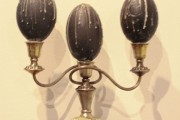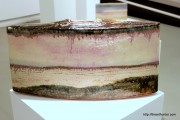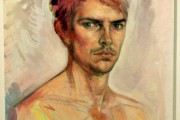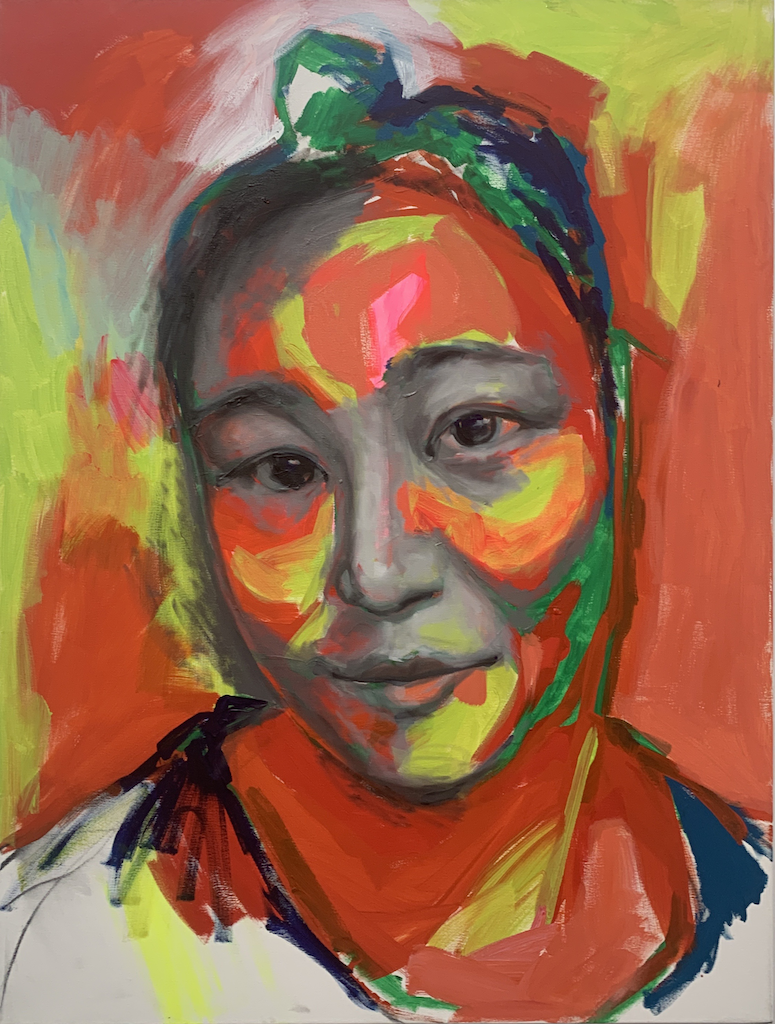
South Australian artist and arts educator Daniel Connell advocates art as a means of social practice and societal change. His works explore themes of identity, personal relationships and the power of the imagination. He has exhibited widely in Australia and internationally.
This exhibition explores the lives of 14 temporary visa holders living in South Australia and highlights their contributions to society.
Temporary visa holders make a huge contribution to South Australia’s economy, and they deserve to be recognised and appreciated for their efforts. CO-VIV is an exhibition by Daniel Connell that seeks to do just that; it provides insight into the individual journeys of these visa holders and acknowledges their contributions to South Australia.
A notable feature of this exhibition is that the paintings already belong to the subjects. This is an important aspect of the exhibition, as it gives temporary visa holders a platform to be heard and appreciated for their contributions. By painting the subjects of the exhibition, Connell has created a space for reflection on our shared human bonds.
I was lucky enough to interview Daniel about his work.
How would you describe your artwork?
I describe my work as socially engaged practice or socially engaged art. This is artwork that thinks about the relationship as the main medium, so painting is just the beginning of a relationship; the other way that I described it is sustained relationalism, which means that the relationship is ongoing, and that is the most important thing about the work it’s open-ended, and it is not ever finished, so it’s not about a product for sale.
What is your favourite material?
I think that the most important material that I use is as I said in the last answer relationships I think that this is the most cutting edge place where art is at the moment it’s always been the case it’s not a new thing but especially since the 1970s artists have been experimenting with non-object based work not end this was either called post object post-studio or conceptual work or non-object work so it means where the artists look at what’s happening between people when they approach something unfamiliar and that’s what art is often about encountering and confronting or just witnessing or apprehending or being with something that they haven’t that a person hasn’t seen before so that is important for me but I have to acknowledge that I came to this point through charcoal and painting I’m a drawer and a painter and I do really enjoy the form of getting to know something through accurate representation because I believe that that is that is like a method or a discipline of getting to know something closely.
What or who are your biggest creative inspirations?
I think that there are some wonderful people around doing great things in the area of social practice. For example, I’m a big fan of the writer Pablo Helguera who writes much about social practice.
I’m a big fan of Oda Projesi, a Turkish group, Frances Fernando Dory in Spain, a group called inland, Suzanne Lacey and Aray Collective in Belfast; these people are my go-to people for social practice. Social practice is a relatively new field with lots of interesting work; another writer is Shannon Jackson, a fantastic person. In the painting and the drawing line, I really like so many different people who paint and draw. I just like people who think deeply about it, commit themselves to it and put themselves out vulnerably with the painting and the drawing aspect. What I’m not a fan of is, I suppose, product-oriented work; it’s not that I don’t like it; I just don’t find it very inspiring.
What parts of you are expressed in your work?
I think most artists are deeply curious people, so after I explored drawing and painting, I became curious about the invisible elements that happen around a portrait. In particular, what happens to the author, the artist? What happens to the subject? What happens between them? What relationship is born? What sort of conversation takes place? I guess the part of me that is expressed is deep curiosity. I have always had a particular sense of social justice. I like to see things turn out right for people, which is something I think is expressed in my work. Still, I don’t think my artwork is activist in any way or campaigning because as soon as our work becomes campaigning or activist, it becomes something else; it becomes a campaign and artwork. At the same time, it might be inspired by that, or while the artist might be committed to that, as in my case, that is not artwork; the artwork is something different..
Do you focus on one work at a time, or do you have multiple works on the go?
I do multiple works all the time, so there are always different projects going on, always different drawings and paintings. Still, also mainly community-based projects, and most of my work is ongoing anyway, so I see it as never-ending
How were artists perceived in your younger years?
I guess I grew up with a relatively western traditional idea that art is about a product that you sell and that you are a successful artist when you sell many products. Artists were always perceived as those strange, eccentric, possibly genius people who lived starving in a garret creating work and then died young because they had lots of self-destructive behaviours. And that still persists today; it’s a perception of the artist that suited modernism in the sense that there’s one lone genius. Every brush mark that they make is a genius brush mark. In many ways, an artist is someone who works really hard on something. So they do gain a sense of expertise in their drawing work or their mark-making, which is challenging to achieve that takes time. Still, I don’t believe the artist is a genius; I believe the artist is a facilitator now. The artist is a facilitator who makes things happen between people because that’s what happens when you create. People witness an object, a product, an event, or a gathering, which, to me, is really interesting. It was lovely going through this process to discover that this could also be art, which has become my most important part of art.
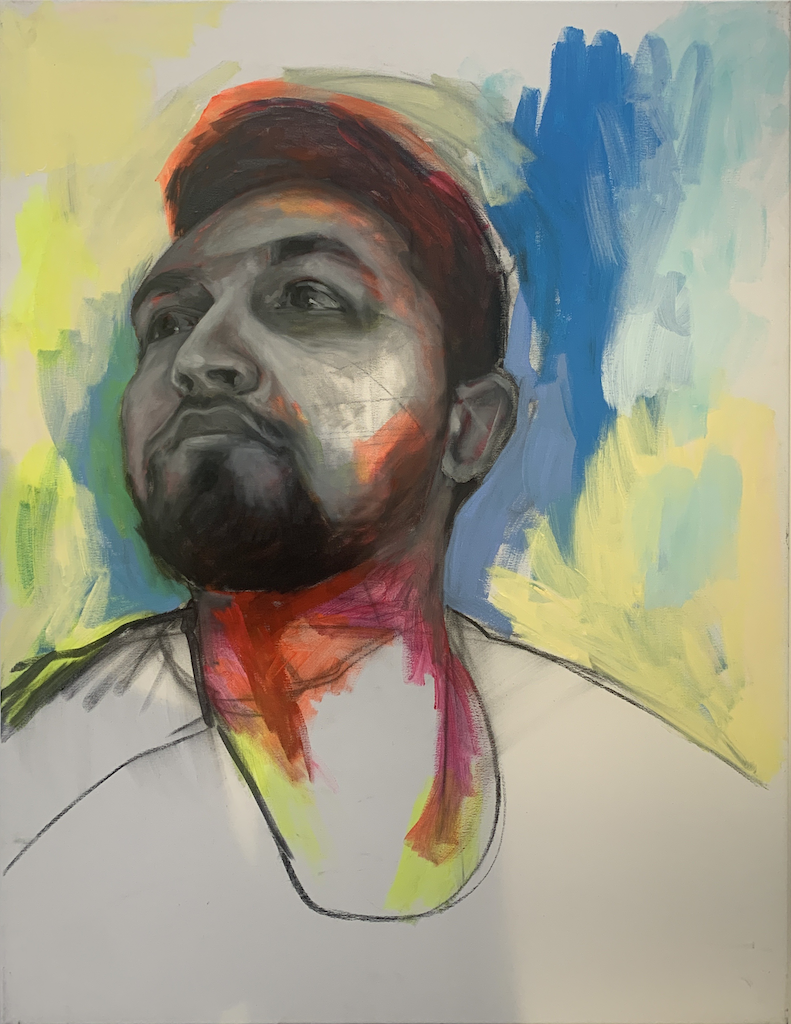

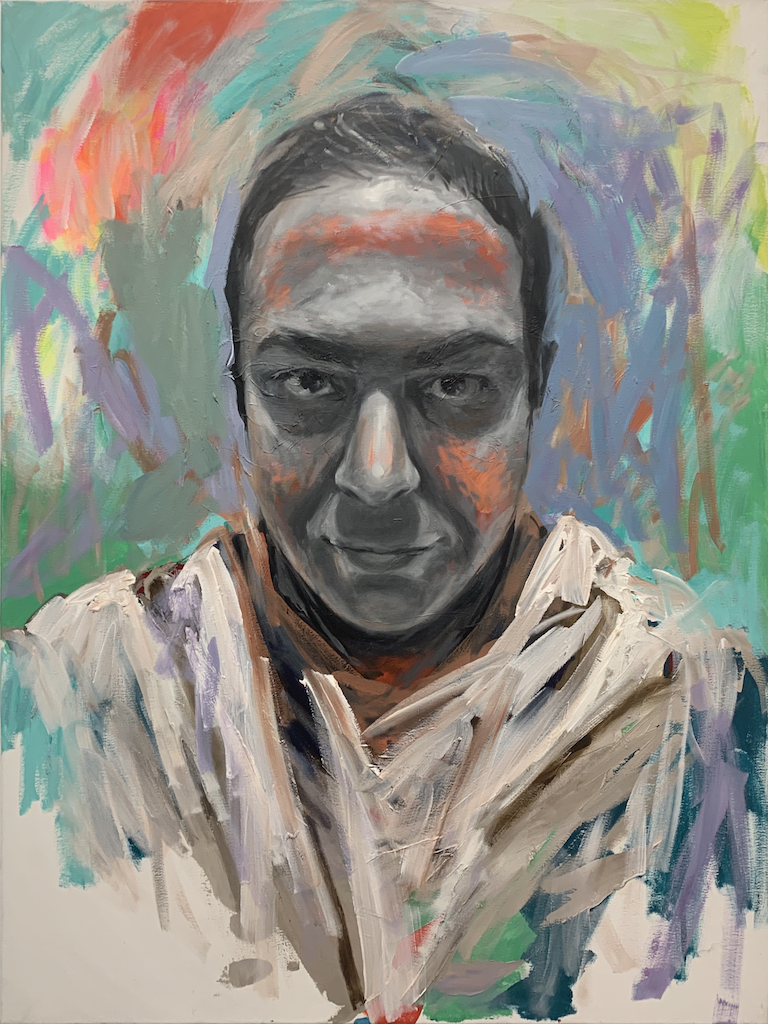
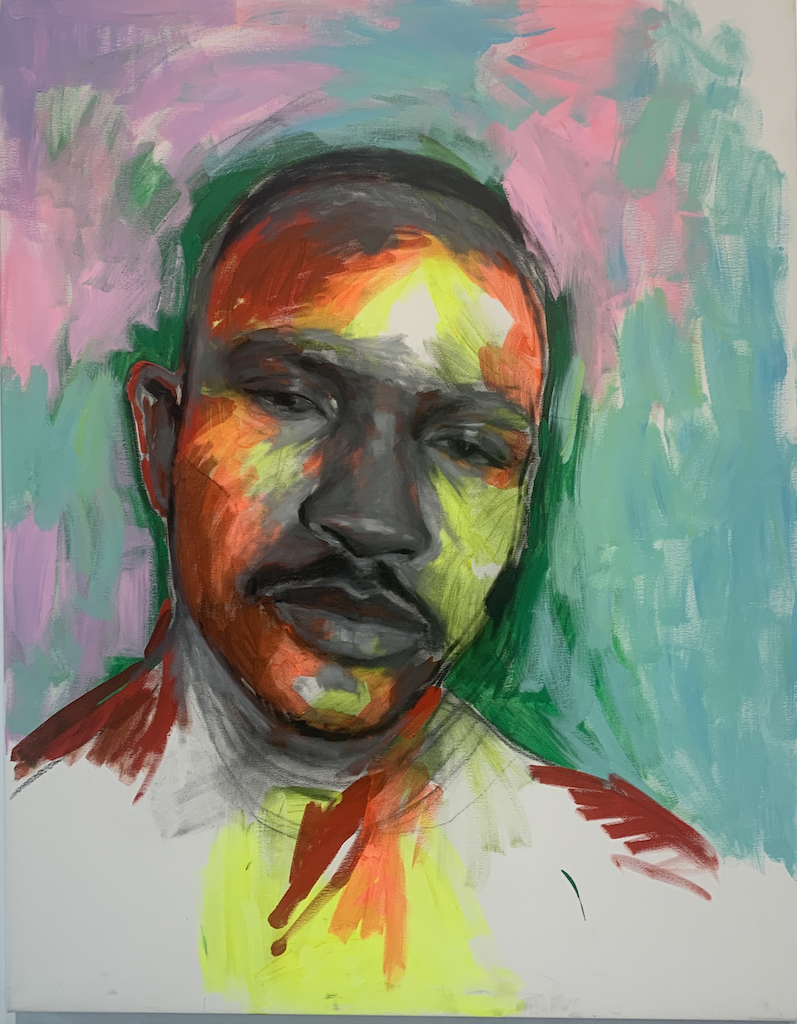
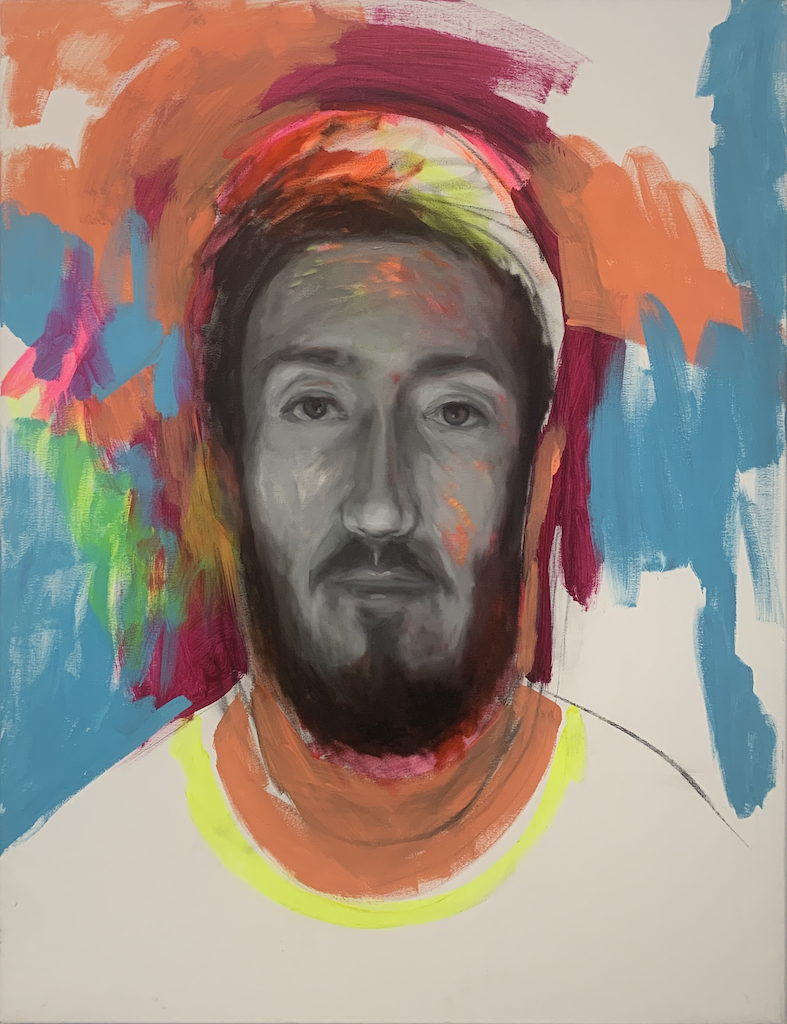
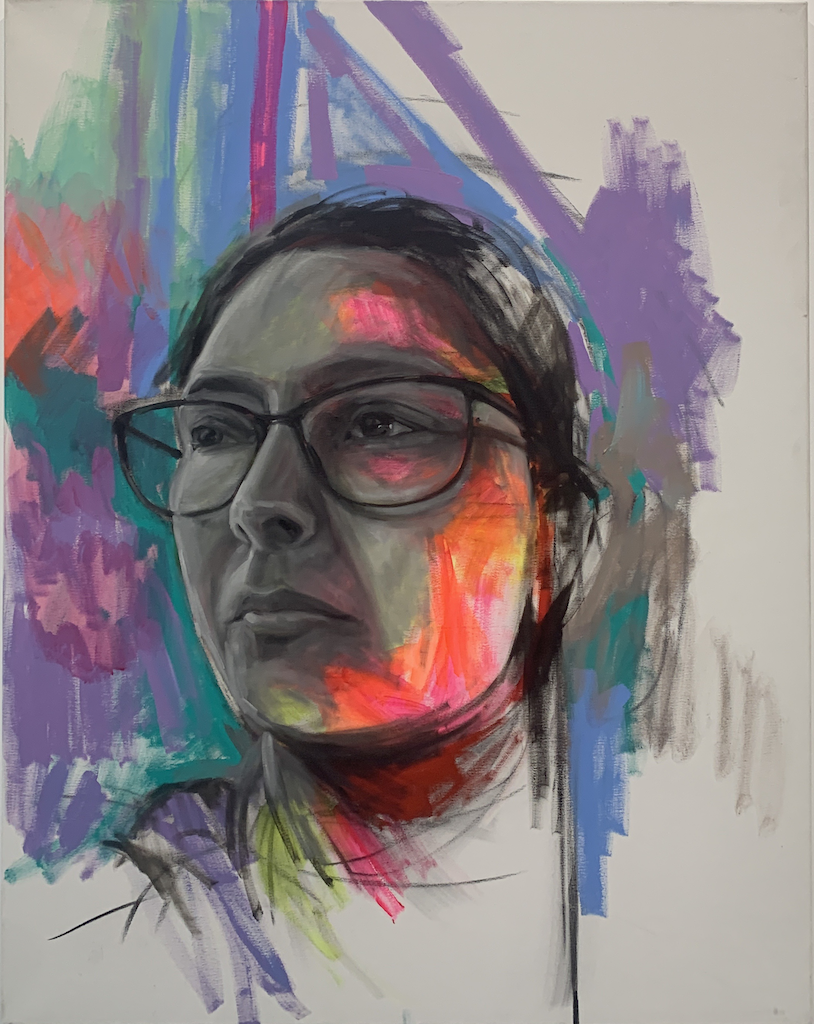
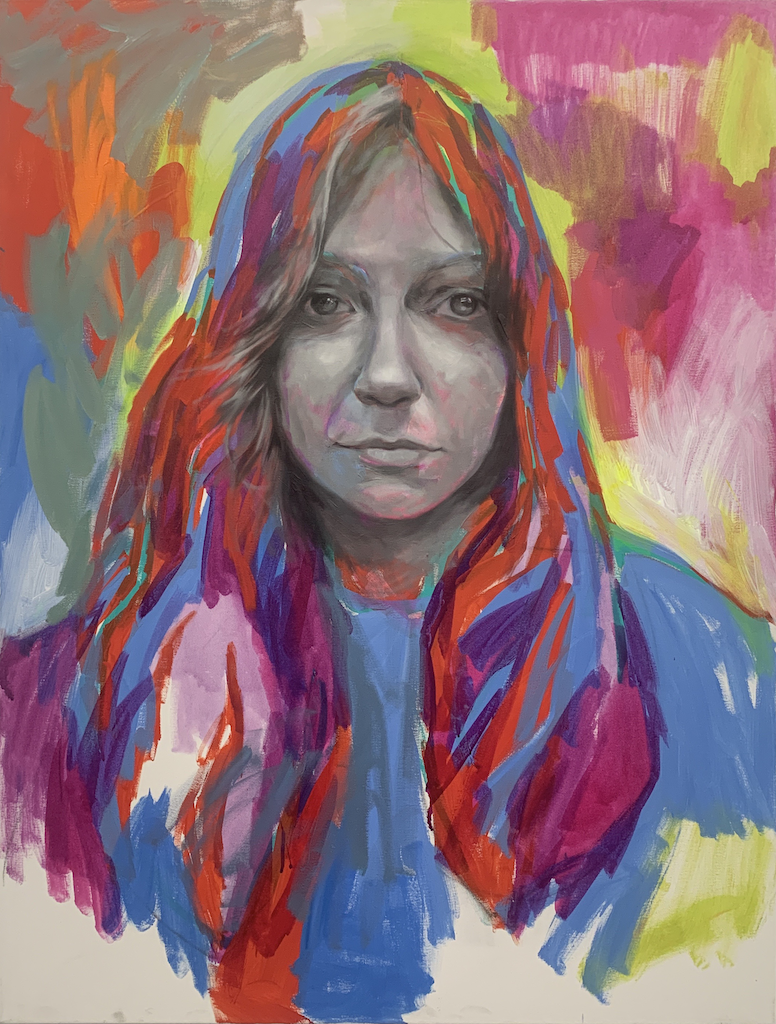
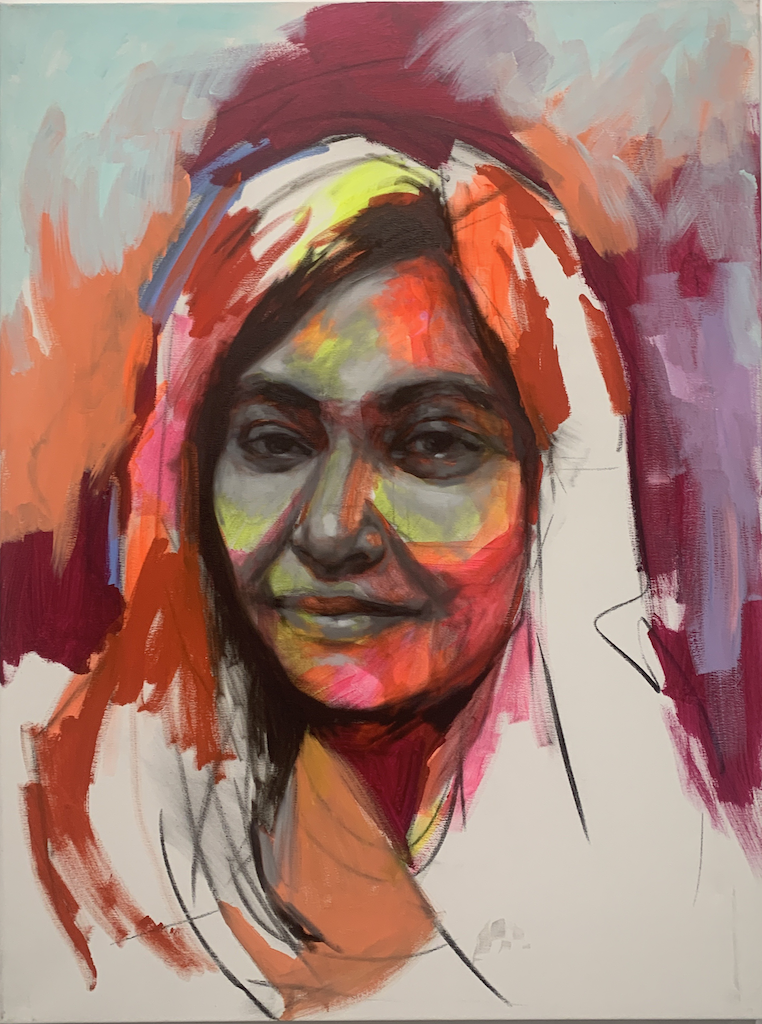
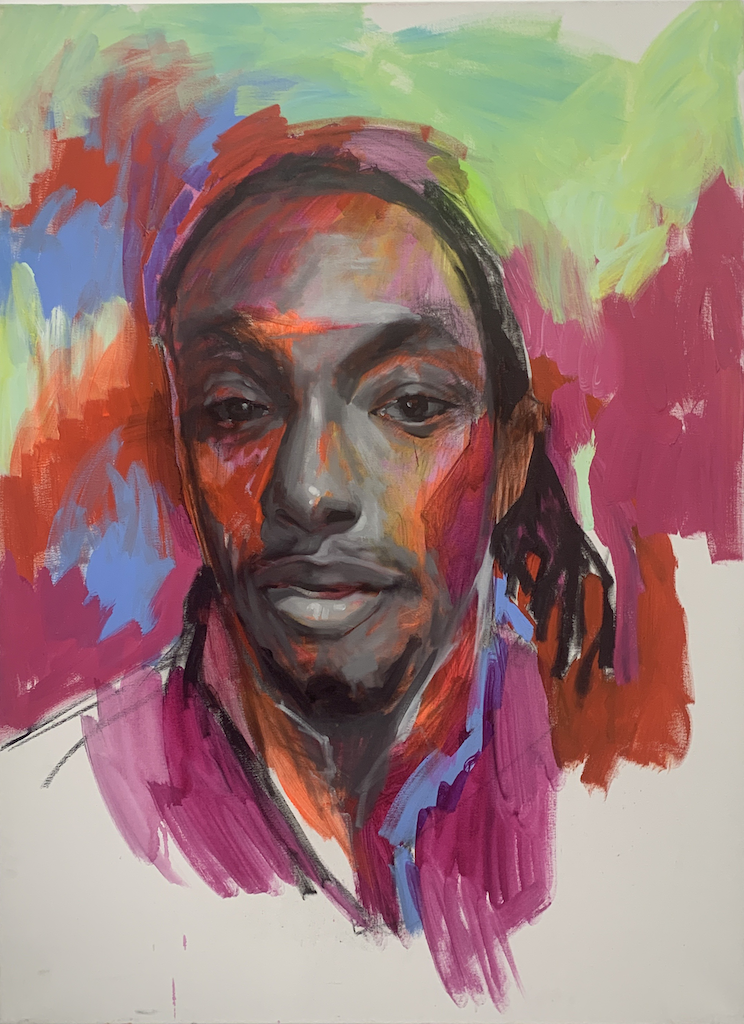

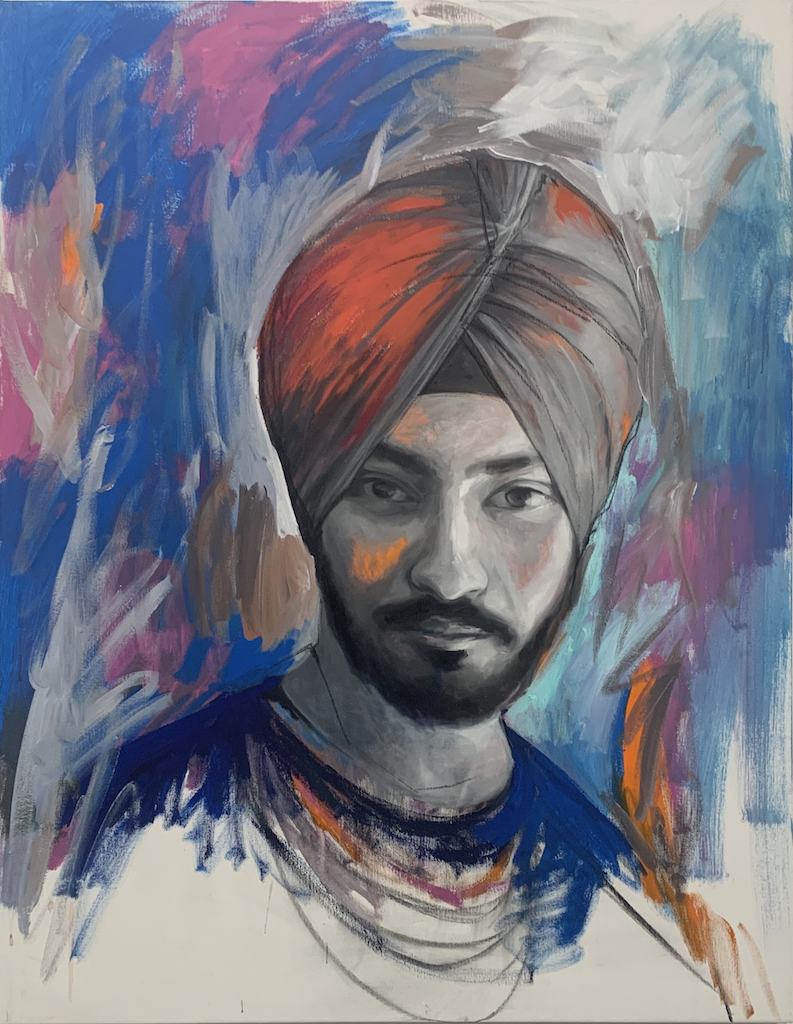
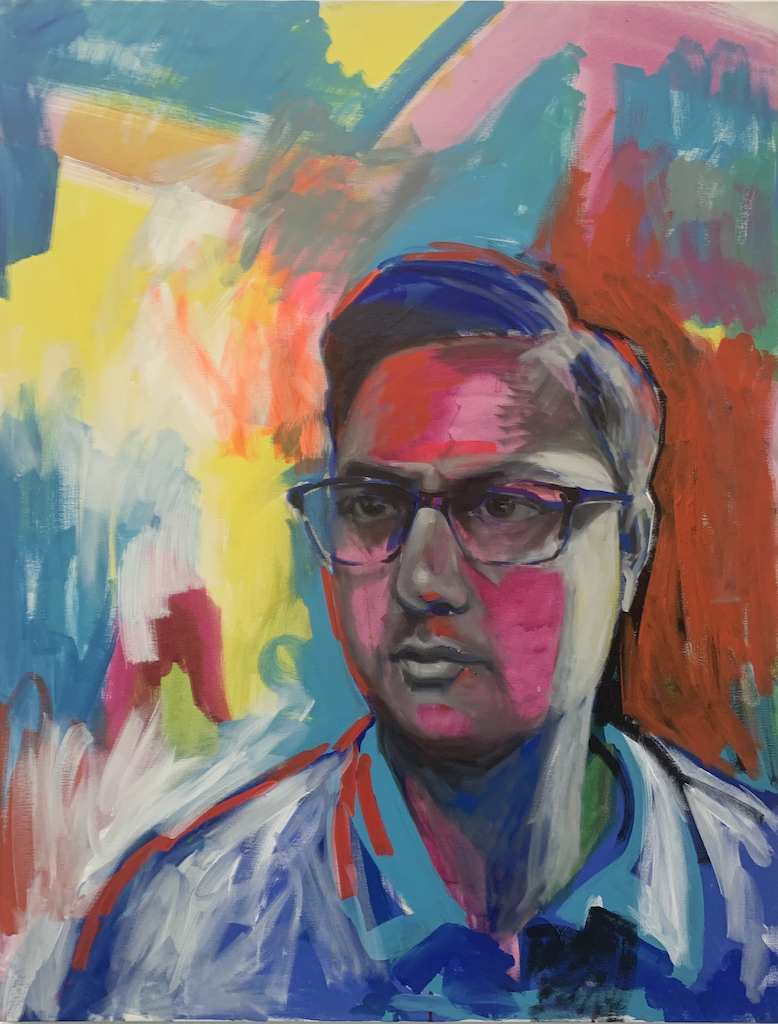
CO-VIV is an important exhibition for South Australia and its citizens. It highlights the individual journeys of temporary visa holders and acknowledges their contributions to society. Through painting and film, Connell has created a space for reflection on our shared human bonds, while also providing an opportunity for temporary visa holders to tell their stories through art.

